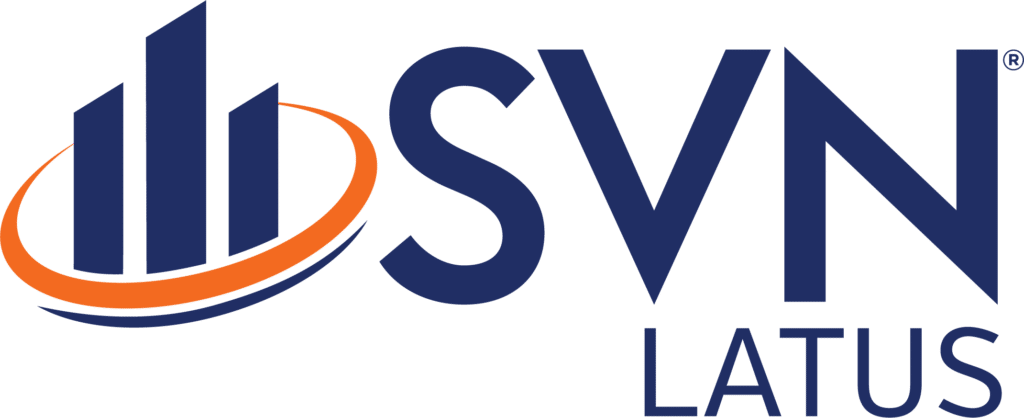How To Use A 1031 Exchange
A 1031 Exchange is a long-term capital gains tax deferment option for business owners and investors looking to sell a piece of real estate and purchase another of equal or greater value within a short time period. The purpose of a 1031 Exchange is to defer the cost of capital gains tax (typically a property held for more than 2 years), and also often provides the business owner or investor with greater purchasing power and potentially higher cash flow as a result. This is a tool that is typically used with transactions of $500,000 or more, and cannot be used for short-term gains and intentions such as property flips.
1031 Exchanges need to have an approved intermediary to hold the money after the sale of a property in order to use it for the purchase of another property. This intermediary is responsible to acquire, hold and convey both properties involved, and to control the exchange proceeds. They coordinate the details with the closing office, and are aware of time deadlines. They also prepare all of the necessary tax documents for the 1031 Exchange, including the Form 8824. Some attorneys and financial institutions are approved intermediaries, as is the 1031 Exchange Corp. An approved intermediary cannot be a close relative, employee, partner or anyone who has provided real estate, law or tax services to the client in the past 2 years.
The terms of a 1031 Exchange include the following:
A 1031 Exchange Agreement must be fully executed PRIOR to the closing of your sale. Contacting your intermediary at least 2 weeks ahead of time is suggested.
Within 45 days of selling your property you need to identify a replacement property and have proper documentation stating that you intend on using such property as a replacement. (Identification Period)
Within 180 days from when you sell your property, you must close on the replacement. (Exchange Period)
You can reverse this process (buy your replacement property first). However you will have to get someone to hold the title of the replacement while going through the sale of your current property. You then have 45 days to document that you are selling your property and performing a 1031 with your new one, and 180 days to close on the sale of your initial property.
If there ends up being any capital gains from the exchange of properties, you will get taxed on that just like any other traditional property sale.
Usually used for transactions over $500k. Total cost of fully executed transactions varies from $2.5-20k depending on the size of the transaction and the intermediary that you use.
Must be like-kind properties to trade. This is a broad definition of this in the regulation and just means that real estate must be sold and the exchange must be use to purchase real estate.
1031 Exchanges are only eligible if the seller and buyer are the same person or business entity. (Same tax id number.)
No “quick flips” properties are allowed for 1031’s.
Business or investments only, and there is a vacation rental clause.
You want to use this if you plan on being in a lower tax bracket later on.
Keep depreciation schedules in mind
SUMMARY OF SOURCES
IRS.gov (chrome-extension://efaidnbmnnnibpcajpcglclefindmkaj/https://www.irs.gov/pub/irs-news/fs-08-18.pdf)
https://www.1031corp.com/

